Complete Solutions to SHORT ANSWER QUESTION 2 MARKS of chapter ELECTROMAGNETIC WAVES AND OPTICS of Class 12 book with complete answers and questions
| Class 12 | PHYSICS |
| Chapter | ELECTROMAGNETIC WAVES AND OPTICS |
| SUPPORT MATERIAL | SHORT ANSWER QUESTION 2 MARKS |
| Number Of Questions | 37 |
| Academic Year | 2023-24 |
Give one use of the UV ray
01:40View SolutionGive one use of each of the following
y-ray01:04View SolutionRepresent EM waves propagating along the x-axis in which electric and magnetic fields are along y-axis and z-axis respectively
View SolutionState the principles of production of EM waves. An EM wave of wavelength `lamda` goes from vacuum to a medium of refractive index n. What will be the frequency of wave in the medium?
View SolutionAn EM wave has amplitude of electric field `E_0` and amplitude of magnetic field is `B_0`. The electric field at some instant become `3/4 E_0`. What will be magnetic field at this instant? (Wave is travelling in vacuum).
01:46View SolutionState two applications of infrared radiations
02:15View SolutionState two applications of radio waves.
01:27View SolutionState two applications of x-rays
02:11View SolutionShow that the avearge energy density of the electric field `vecE` equals the average energy density of the magnetic field `vecB`, in electromagnetic waves.
03:18View SolutionUse mirror equation to deduce that an object placed between the pole and focus of a concave mirror produces a virtual and enlarged image.
View SolutionCalculate the value of θ, for which light incident normally on face AB grazes along the face BC.
`mu_(glass)=3//2 and mu_(water)=4//3`
 View Solution
View SolutionName any two characteristics of light which do not change on polarisation
01:59View SolutionComplete the path of light with correct value of angle of emergence.
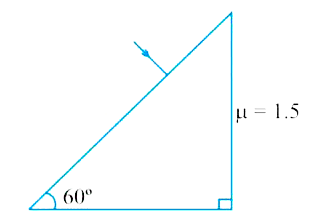 View Solution
View SolutionDefine diffraction. What should be the order of the size of the aperture to observe diffraction.
03:12View SolutionShow that maximum intensity in interference pattern is four times the intensity due to each slit. Hence show that interference involves only redistribution of energy.
02:37View SolutionTwo poles-one 4 m high and the other is 4.5 m high are situated at distance 40 m and 50 m respectively from an eye. Which pole will appear taller
View Solution` S_1 and S_2` are two sources of light separated by a distance d. A detector can move along `S_2` P perpendicular to `S_1S_2`. What should be the minimum and maximum path difference at the detector?
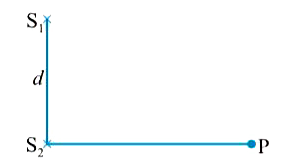 02:06View Solution
02:06View SolutionIf a jogger runs with constant speed towards a vehicle, how fast does the image of the jogger appear to move in the rear view mirror when
(i) the vehicle is stationery
(ii) the vehicle is moving with constant speed towards jogger.View SolutionIf the angle between the pass axis of polariser and analyser is `45^(@)`, write the ratio of intensities of original light and the transmitted light after passing through analyser.
02:16View SolutionWhen does (i) a plane mirror and (ii) a convex mirror produce real image of objects
View SolutionA virtual cannot be caought on a screen, Yet when we see a virtual image, we bring it to the screen i.e., retina of our eye. This happnes because
03:59View SolutionWith a neat labelled diagram, explain advanced sunrise and delayed sunset.
02:14View SolutionThe image of a small electric bulb fixed on the wall of a room is to be obtained on the opposite wall `3 m` away by means of a large convex lens. What is the maximum possible focal length of the lens required for the purpose ?
05:29View SolutionThe angle subtended at the eye by an object is equal to the angle subtended at the eye by the virtual image produced by a magnifying glass. In what sense then does magnifying glass produce angular magnification?
View SolutionTwo independent light sources cannot act as coherent sources. Why?
02:28View SolutionHow is a wave front different from a ray? Draw the geometrical shape of the wavefronts when.
light diverges from a point source,View SolutionWhat two main changes in diffraction pattern of a single slit will you observe, when the monochromatic source of light replaced by a source of white light
02:11View SolutionYou are provided with four convex lenses of focal length 1cm, 3cm, 10 cm and 100 cm. Which two would you prefer for a microscope and which two for a telescope.
View SolutionGive reasons for the following
Sun looks reddish at sunset02:26View SolutionWhy do clouds generally look white ?
02:16View SolutionUsing Huygens' principle for the wave theory of light, verify the law of refraction.
07:15View SolutionUsing Huygens' principle for the wave theory of light, verify the law of refraction.
07:15View SolutionWater (refractive index µ) is poured into a concave mirror of radius of curvature ‘R’ up to a height h as shown in figure. What should be the value of x so that the image of object ‘O’ is formed on itself?
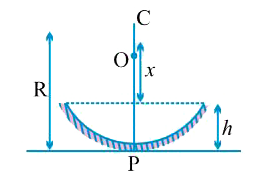 View Solution
View SolutionA point source S is placed midway between two converging mirrors having equal focal length f as shown in figure. Find the values of d for which only one image is formed.
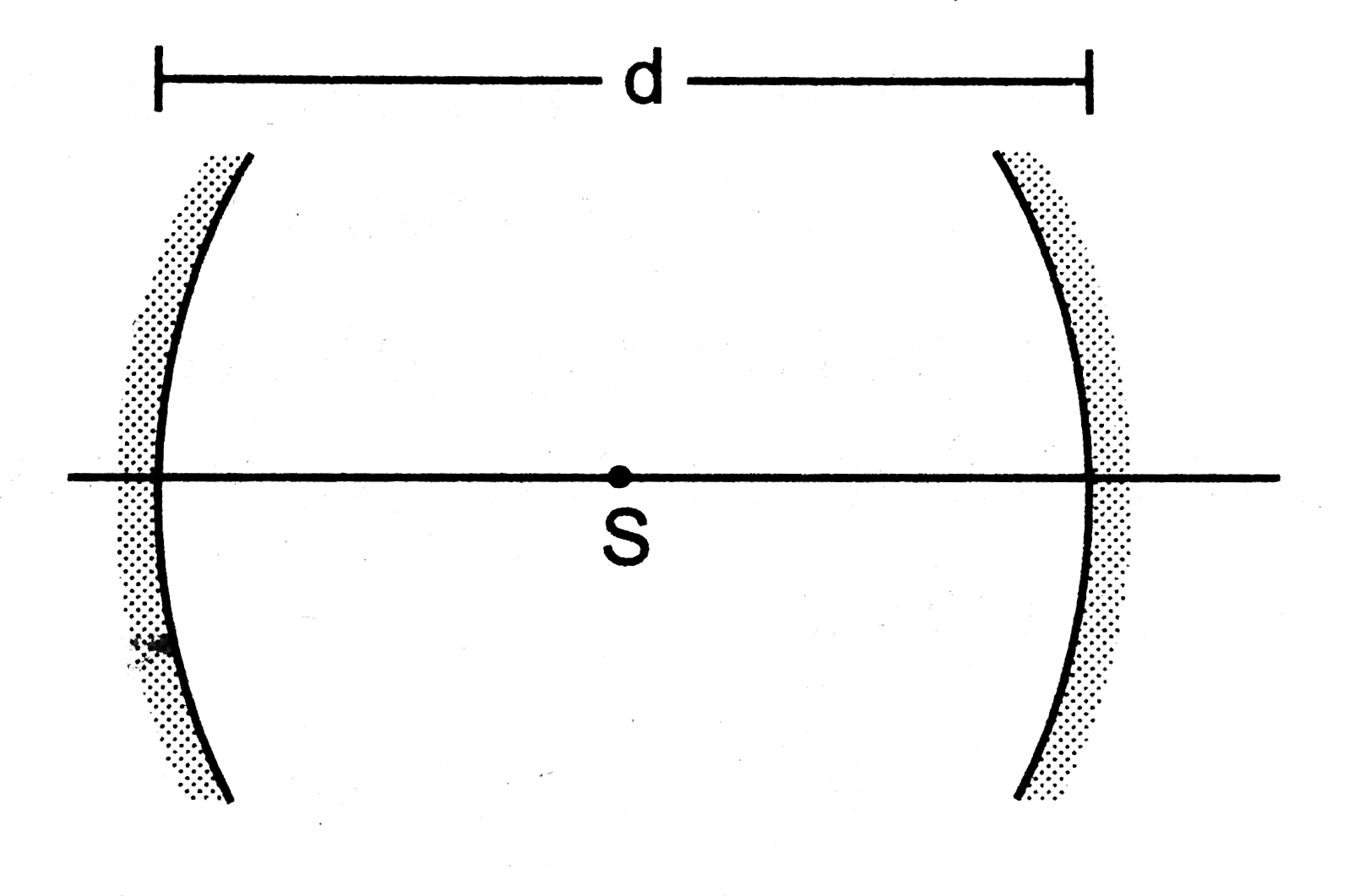 02:30View Solution
02:30View SolutionA thin double convex lens of focal length f is broken into two equal halves at the axis. The two halves are combined as shown in figure. What is the focal length of combination in (ii) and (iii).
 View Solution
View SolutionHow much water should be filled in a container of height `21 cm,` so that it appears half filled to the observer when viewed from the top of the container `(mu=4//3).`
03:49View SolutionA ray PQ incident on the refracting face BA is refracted in the prism BAC as shown in figure and emerges from the other refracting face AC as RS such that AQ = AR. If the angle, of prism A = `60^@` and `mu` of material of prism is then find angle `theta` .
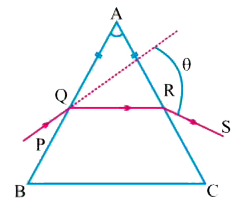 View Solution
View Solution
SHORT ANSWER QUESTION 2 MARKS questions and complete solutions for chapter ELECTROMAGNETIC WAVES AND OPTICS of CBSE COMPLEMENTARY MATERIAL PHYSICS (HINGLISH) of Class 12
